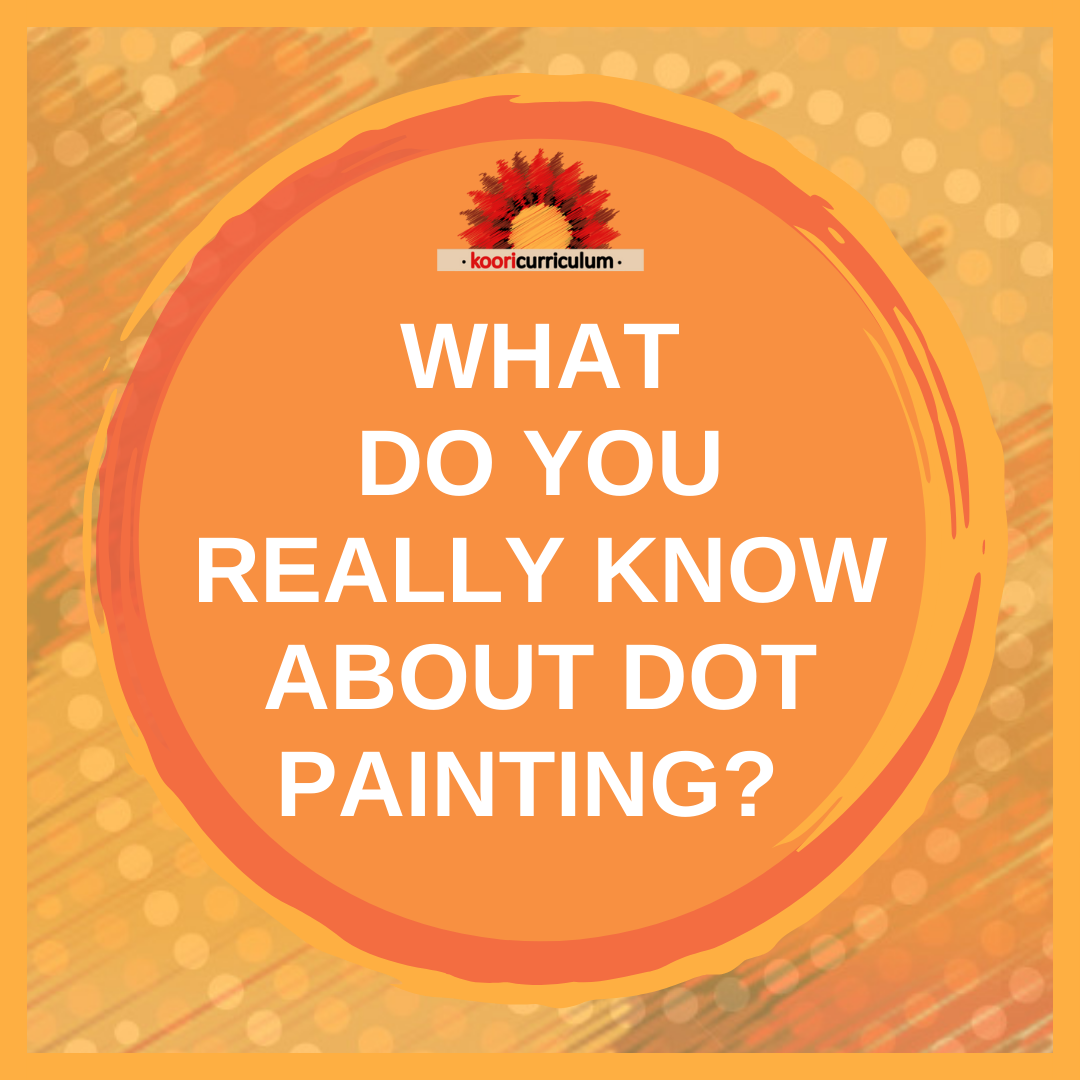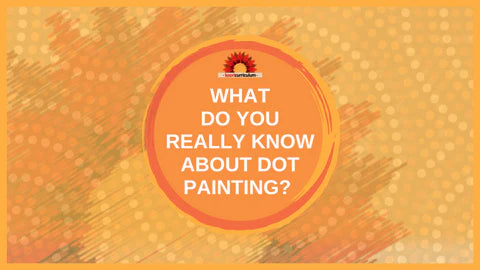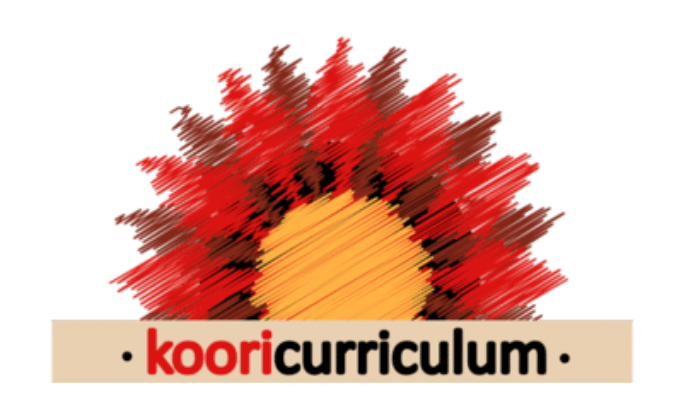
What do you really know about dot painting?

Aboriginal and Torres Strait Islander art always needs to be sensitively treated by educators. It should always be attributed to the artists, and accompanied by Indigenous voices to explain it, so that children encounter it within its cultural context.
Dot painting is a product of traditional Indigenous art meeting modern western culture. It started in the 1970’s in Papunya, a small Indigenous Australian community northwest of Alice Springs in the Northern Territory. A school art teacher, Geoffrey Bardon, provided acrylic paints to the Elders, starting with a mural project, boards, and canvases.
Their styles came from ceremonial images which the Elders had traditionally drawn in sand or on bodies. They started using dots to disguise some of secret symbols that were only for initiated people. The images are usually from a bird’s eye view, a bit like a map, and painted on ground level.
The people had been forced to move to Papunuya from a number of different parts of country by the assimilation policy of the time. The images were often an expression of grief and loss for homes, people and cultures.
The talent of artists such as Tutama Tjapangati, Nosepeg Tjupurrula, Clifford Possum Tjapaltjarri and many others became a sensation throughout the world and formed a powerful bridge between western and traditional cultures. But its popularity also led to further exploitation, illegal copying, theft and misunderstanding for the artists. This sad history is one of the reasons why educators must be so careful today.
An ideal introduction to dot painting for children would be from a visiting Aboriginal Elder, Aunty or Uncle. Preferably over at least two visits in a year, so non-Indigenous children can experience a sense of “walking with” Indigenous people as allies, like Geoffrey Bardon.
If, based on the guidance of the Elder, the children at your service do explore dot paintings or create their own, they could learn about one or more elements of the cultural context, such as the origin of this style of work being done in sand or dirt, an explanation of ceremony, what home means to us, or to acknowledge Sorry Day, NAIDOC or similar. Work could be reviewed during the follow up visit, to reinforce the cultural meanings.
“The importance of absolute genuine, Indigenous-led embedding of culture is vital for the future of our children and culture. Deadly champions and allies alike working together with the lessons of our Ancestors reaching out from the past, informing our shared future”
Matthew Hammond, Dunghutti man and Aboriginal Education Mentor



